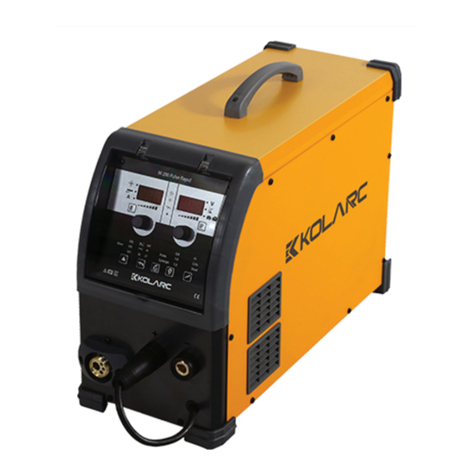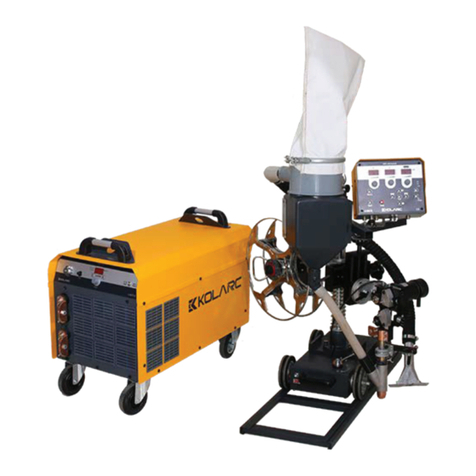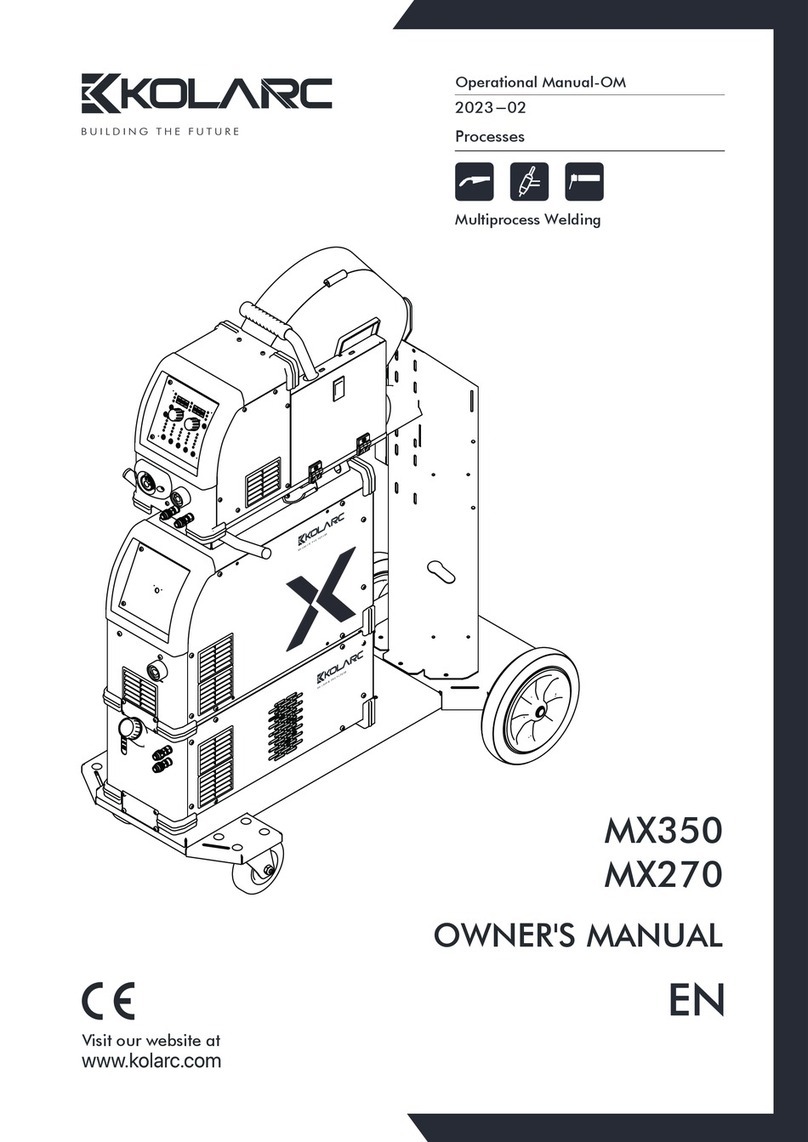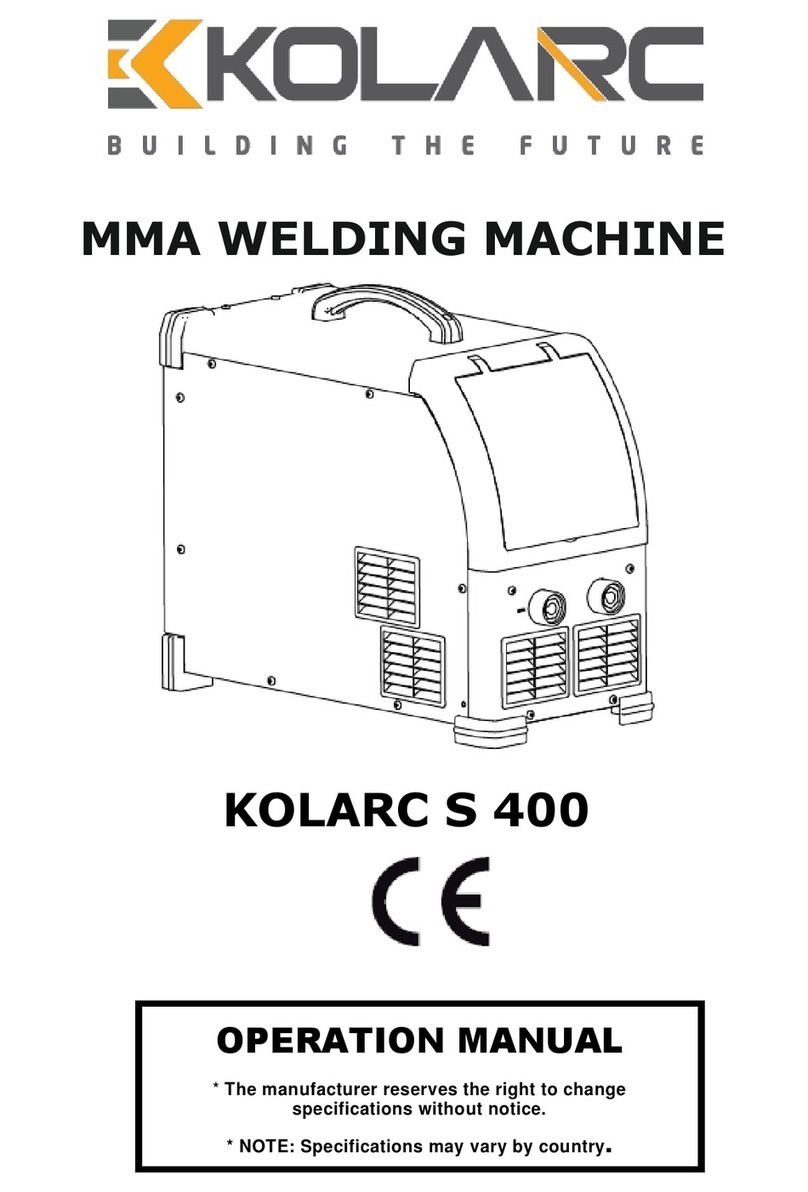5
Wear a safety harness if working above floor level.
Keep all panels and covers securely in place.
Clamp work cable with good metal-to-metal contact to work piece or worktable as near the weld as
practical.
Insulate work clamp when not connected to work piece to prevent contact with any metal object.
Welding produces fumes and gases. Breathing these fumes and gases can be hazardous to your health.
FUMES AND GASES can be hazardous.
Keep your head out of the fumes. Do not breathe the fumes.
If inside, ventilate the area and/or use local forced ventilation at the arc to remove welding fumes and
gases.
If ventilation is poor, wear an approved respirator.
Read and understand the Material Safety Data Sheets (MSDS’s) and the manufacturer’s instructions for
metals, consumable, coatings, cleaners, and de-greasers.
Work in a confined space only if it is well ventilated, or while wearing an air-supplied respirator. Always
have a trained watch person nearby. Welding fumes and gases can displace air and lower the oxygen level
causing injury or death. Be sure the breathing air is safe.
Do not weld in locations near de-greasing, cleaning, or spraying operations. The heat and rays of the arc
can react with vapours to form highly toxic and irritating gases.
Do not weld on coated metals, such as galvanized, lead, or cadmium plated steel, unless the coating is
removed from the weld area, the area is well ventilated, and while wearing an air-supplied respirator. The
coatings and any metals containing these elements can give off toxic fumes if welded.
ARC RAYS can burn eyes and skin.
Arc rays from the welding process produce intense, visible and invisible (ultraviolet and infrared) rays that
can burn eyes and skin. Sparks fly off from the weld.
Wear an approved welding helmet fitted with a proper shade of filter lenses to protect your face and eyes
when welding or watching Wear approved safety glasses with side shields under your helmet.
Use protective screens or barriers to protect others from flash, glare and sparks; warn others not to watch
the arc.
Wear protective clothing made from durable, flame resistant material (leather, heavy cotton, or wool) and
foot protection. Welding on closed containers, such as tanks, drums, or pipes, can cause them to blow up.
Sparks can fly off from the welding arc. The flying sparks, hot work piece, and hot equipment can cause
fires and burns.
































